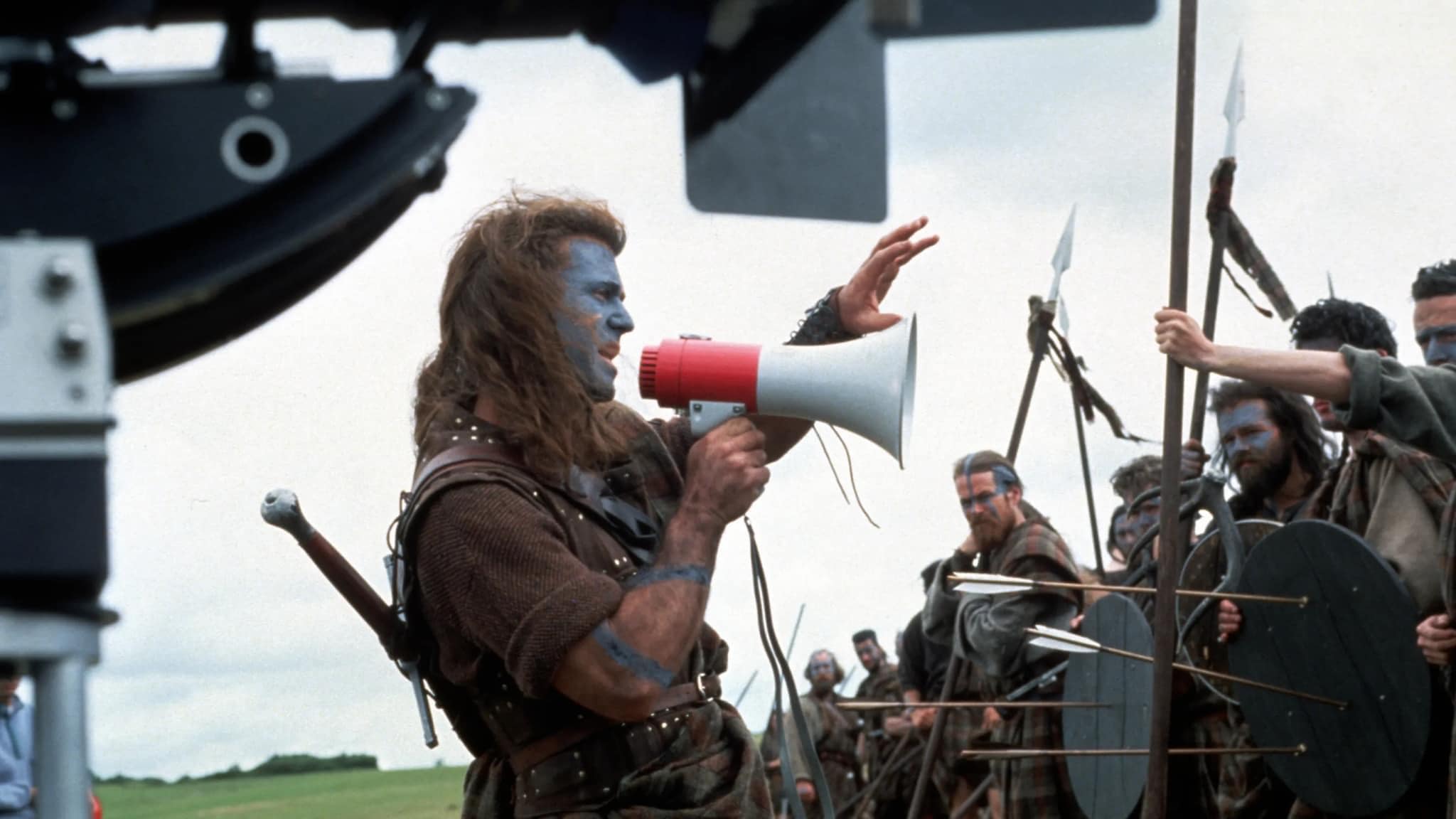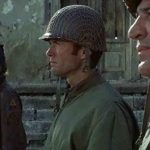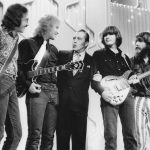Braveheart (1995)

Title: Exploring the Legacy of “Braveheart” (1995): A Tale of Freedom and Sacrifice
Introduction
Released in 1995, “Braveheart,” directed by and starring Mel Gibson, is a cinematic masterpiece that has left an indelible mark on film history. The movie is a powerful epic that blends historical drama with a profound narrative about freedom, sacrifice, and the fight against oppression. Set in the 13th century, “Braveheart” tells the story of William Wallace, a Scottish warrior who leads his countrymen in a rebellion against English rule.
Plot Overview
The film begins with the early life of William Wallace, who witnesses the brutal oppression of the Scottish people by English forces. After the murder of his beloved wife, Wallace emerges as a reluctant hero, rallying the Scottish clans to rise against the tyrannical rule of King Edward I of England. His relentless fight for freedom and his charismatic leadership inspire his fellow Scots to join the cause, leading to a series of dramatic battles, including the famous Battle of Stirling Bridge.

Themes and Significance
- The Pursuit of Freedom: At its core, “Braveheart” is a story about the relentless pursuit of freedom. Wallace’s unwavering commitment to liberate Scotland from English domination symbolizes the universal struggle for independence and self-determination. His cry for freedom, captured in the iconic line “They may take our lives, but they’ll never take our freedom!” resonates deeply with audiences, embodying the spirit of resistance against tyranny.
- Sacrifice and Heroism: The film portrays Wallace as a symbol of selfless heroism. His personal sacrifices, including the loss of loved ones and ultimately his own life, highlight the cost of fighting for a cause greater than oneself. Wallace’s bravery and dedication inspire those around him, and his legacy endures as a testament to the power of sacrifice in the pursuit of justice.
- National Identity and Unity: “Braveheart” emphasizes the importance of national identity and unity in the face of external threats. Wallace’s leadership brings together disparate Scottish clans, transcending old rivalries and uniting them for a common cause. This theme reflects the power of collective action in achieving shared goals and fostering a sense of national pride.
- Historical Representation: While “Braveheart” takes artistic liberties with historical facts, it effectively captures the emotional and cultural essence of the Scottish struggle for independence. The film’s portrayal of Wallace as a folk hero has contributed to his lasting legacy in Scottish history and popular culture.

Conclusion
“Braveheart” remains a seminal work in the genre of historical epics, celebrated for its stirring performances, breathtaking cinematography, and compelling storytelling. Its exploration of freedom, sacrifice, and national unity continues to resonate with audiences around the world. As a cinematic portrayal of one man’s fight against oppression, “Braveheart” inspires viewers to reflect on the enduring values of courage and resilience in the face of adversity.
Driven by vengeance and a desire for freedom, Wallace rallies his fellow Scots to rise up against the oppressive rule of King Edward I of England, also known as “Longshanks” (Patrick McGoohan). As Wallace’s army grows, they achieve a series of victories against the English, culminating in the iconic Battle of Stirling Bridge. Wallace’s leadership and unyielding spirit inspire a nation to fight for its freedom, even as he faces betrayal and immense personal sacrifice.











